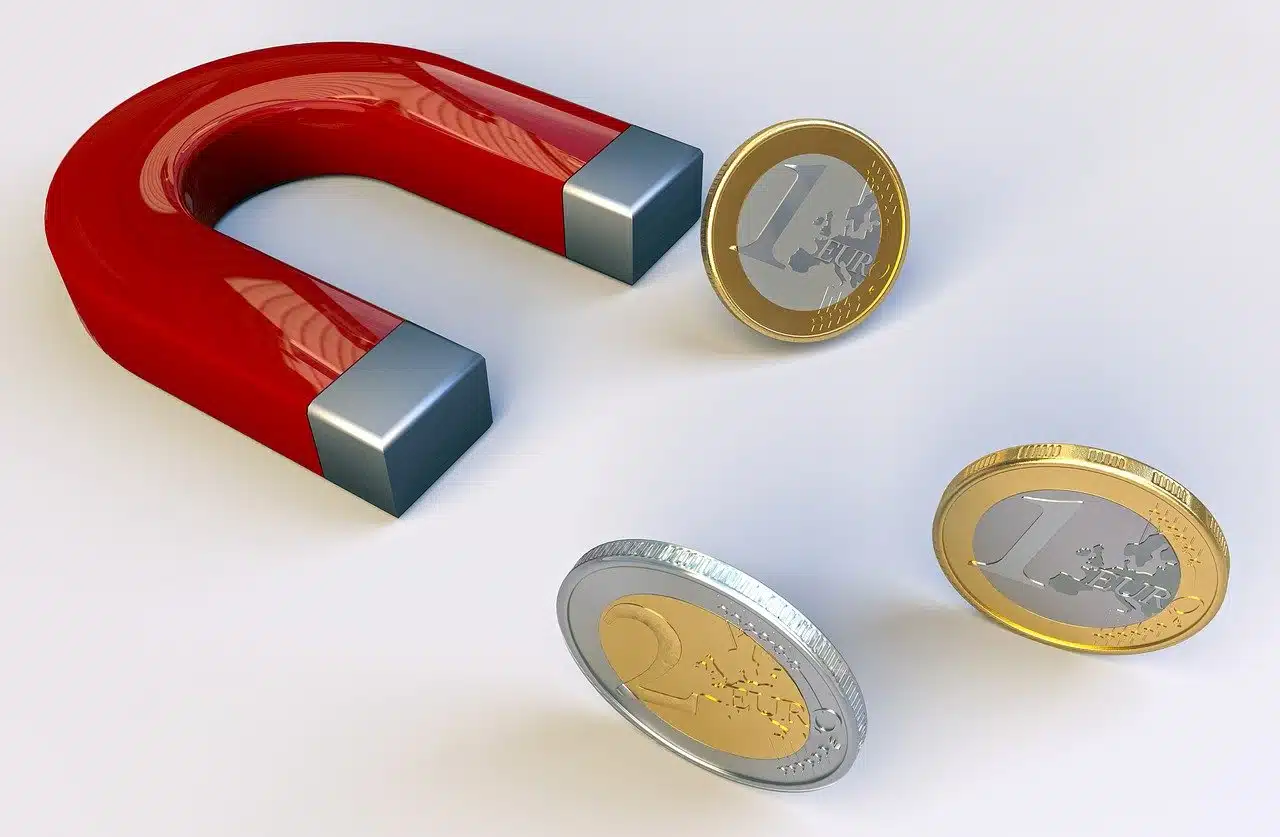
Diamagnetism indicates the weak magnetization of certain materials.
diamagnetic material
A diamagnetic material is repelled by a magnet . It is important to mention that all materials have a certain level of diamagnetism, although only those whose diamagnetic capacity is not disguised or covered by another type of magnetism are classified as diamagnetic.
When a magnetic field is applied, a material always responds. In the case of diamagnetism, the material repels the magnetic field. The opposite of diamagnetism is ferromagnetism , which involves an attraction to the magnetic field.
Magnets, therefore, repel diamagnetic materials and attract ferromagnetic materials. Silver and copper , for example, are characterized by their diamagnetism. Magnetic flux is the amount of magnetism of a material: diamagnetism is characterized by its decrease, while ferromagnetism, by its increase.
Diamagnetic substances move outside the external magnetic field, without being attracted. This is because its molecules or atoms lack a permanent magnetic moment , as happens with water ( H2O ). Diamagnetism is notorious in superconductors .
Paramagnetism
Paramagnetism means that the material is attracted by the magnetic field, but in a very weak way. It is an intermediate property between diamagnetism and ferromagnetism, which are characterized by complete rejection or attraction.
Expressed in more technical terms, this property can be defined as the tendency of a free magnetic moment to align itself parallel to a given magnetic field. Magnetic moment is understood as the vector magnitude used to indicate the intensity of a magnetic field source.
A strong coupling of said magnetic moments is enough for the phenomenon to be seen not to be paramagnetism, but rather ferromagnetism. Note that their orientation will be arbitrary if there is no external magnetic field that influences them. In fact, this tendency towards a random orientation goes against the one expressed above, which leads them to align themselves with a field.
Properties of diamagnetic materials
The three main properties of diamagnetic materials are as follows:
- magnetic permeability less than 1;
- magnetization with values below 0;
- magnetic susceptibility below 0 and almost unrelated to temperature.
The magnetic permeability of a conductor is its ability to influence and be influenced by a magnetic field. But it is also its ability to transform into its source, to originate them without needing an external current . It is the combination of two other concepts: magnetic induction (magnitude that characterizes the representative vector of the magnetic field) and magnetic excitation (a field used to describe magnetism in a macroscopic way).

Copper is a diamagnetic material.
The concept of magnetization is also known as magnetization or magnetization , and it is the density that in a material can be seen in its bipolar moments when magnetized by a metal, if it has a ferromagnetic component. In almost all cases, this phenomenon occurs when a body is subjected to a magnetic field, although in certain materials, especially ferromagnetic materials, it can exist with great intensity even without said contact. We highlight that diamagnetism, on the other hand, is characterized by negative magnetization values.
Magnetic susceptibility is a constant that indicates how sensitive a material is to magnetization when subjected to a magnetic field . Above we noted that a diamagnetic material has a negative susceptibility value. Note that this constant has a close link with the magnetic permeability.
